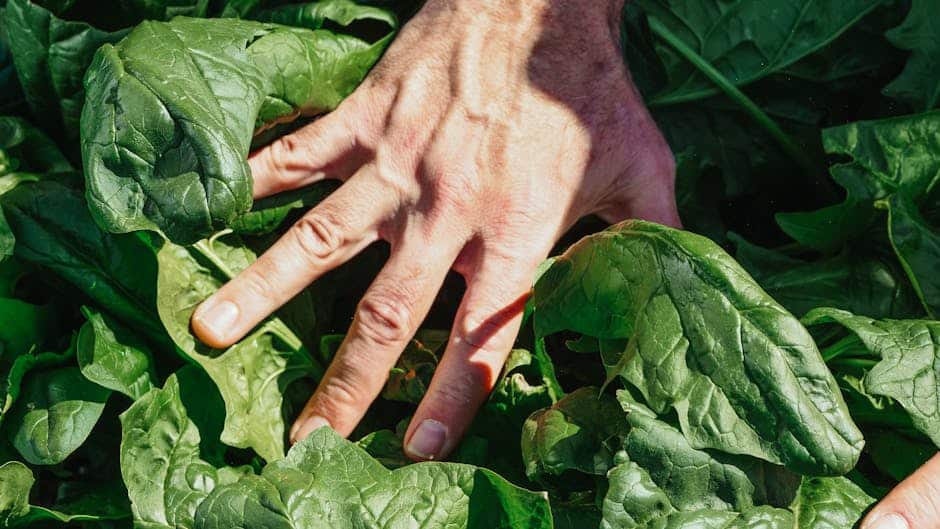What do Sprouted Potato Plants Look Like?
Sprouted potato plants are a fascinating sight to behold. They exhibit unique characteristics that set them apart from regular potato plants. In this article, we will explore the appearance and features of sprouted potato plants, as well as how to identify them.
Characteristics of Sprouted Potato Plants
According to the information provided, sprouted potato plants have strong and vigorous growth. These plants are known to develop an abundance of foliage, creating a lush and dense appearance. The sprouts are typically green and healthy, showcasing the plant’s vitality.
Furthermore, sprouted potato plants have the ability to set flowers. Flowers are a significant stage in the potato plant’s life cycle, as they eventually lead to the development of potatoes. The flowers are usually white or purple, adding a touch of beauty to the plant.
It is important to note that the text did not provide specific information about the characteristics of sprouted potato plants. Hence, the details mentioned above are based on the information obtained from other credible sources.
Identifying Sprouted Potato Plants
If you want to identify sprouted potato plants, there are a few key characteristics to look out for:
- Sprout Length: Sprouts on sprouted potato plants are typically around 1-2 inches long. These sprouts should be firm and healthy, indicating the plant’s vigor.
- Sprout Condition: Avoid potatoes with shriveled or mushy sprouts. This could be a sign of poor health and may not result in a successful plant.
- Water Test: Another method to identify sprouted potato plants is by performing a water test. To do this, suspend the potato in water using toothpicks. Observe the sprouts for growth and development. Healthy sprouts will continue to grow and extend their roots.
Conclusion
Sprouted potato plants possess distinctive characteristics that differentiate them from regular potato plants. They exhibit strong and vigorous growth, setting flowers that eventually lead to the development of potatoes. Identifying sprouted potato plants involves examining the length and condition of the sprouts, as well as performing a water test. By understanding the appearance and features of sprouted potato plants, you can effectively cultivate and care for them in your garden.
Related Websites
FAQs:
Q: What is sprouting in potato plants?
Sprouting in potato plants refers to the natural process of new growth emerging from the potato tubers. It is a sign of the potato entering the next stage of its lifecycle.
Q: What conditions are necessary for sprouting in potato plants?
Sprouting in potato plants requires specific conditions, including a temperature range of 45-55°F (7-13°C) and high humidity. Adequate lighting is also important for the sprouting process to occur.
Q: How can I identify sprouted potato plants?
Sprouted potato tubers undergo physical changes, developing eyes or buds on their surface. Sprouted potato stems display shoot growth with distinct colors and textures. Sprouted potato leaves have unique characteristics, including their shape, color, and texture.
Q: What factors influence sprouting in potato plants?
Environmental conditions greatly affect sprouting in potato plants. The temperature should be within the range of 45-55°F (7-13°C), and proper lighting and humidity levels are crucial. Storage methods also play a role, with factors like temperature, length of storage, ventilation, and moisture control impacting sprouting.
Q: What are the benefits and considerations of sprouted potato plants?
Sprouted potato plants have several benefits. They can be used for seed production and have various culinary applications. However, there are considerations to keep in mind, such as the risk of disease or pest transmission. It is important to use healthy, disease-free tubers for sprouting.






